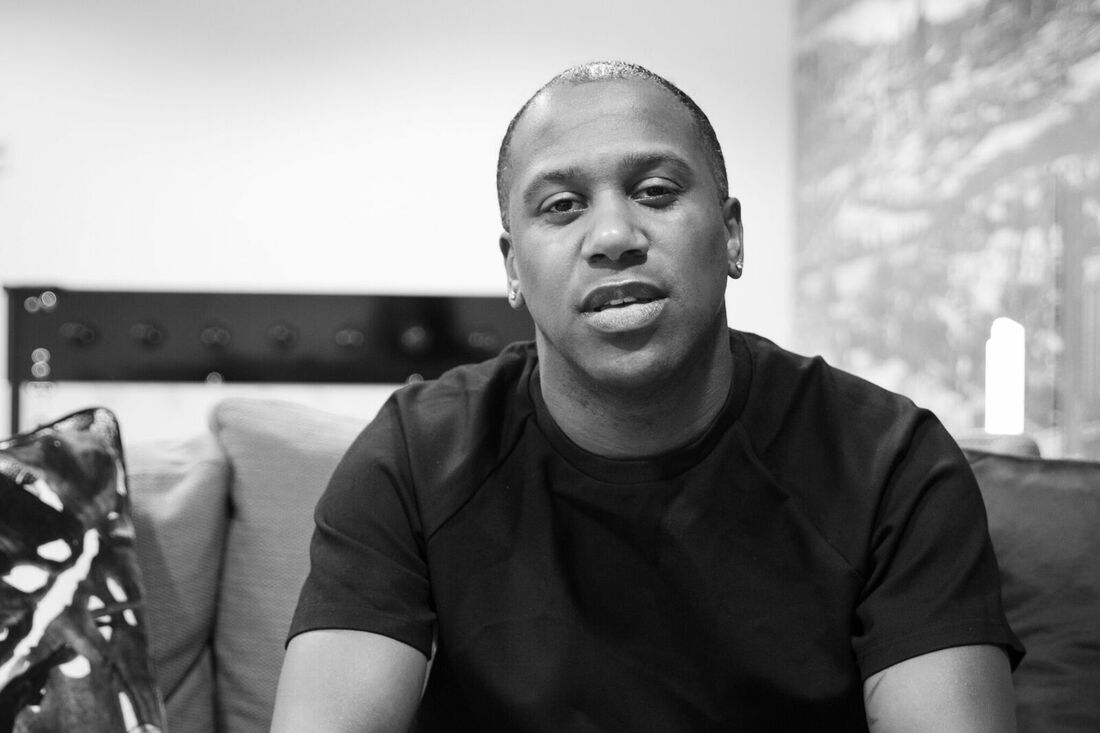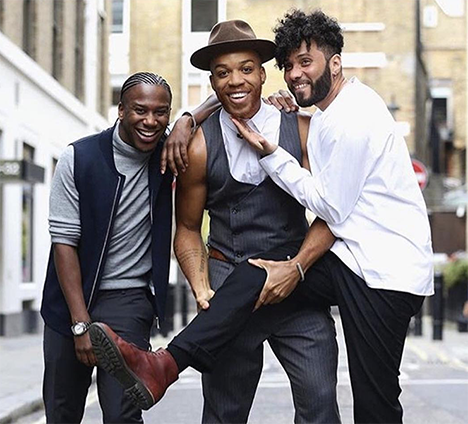|
Arts Editor: Christopher George The creative industry has progressed drastically over recent years, however despite this growth it appears that Black, Asian and Minority Ethnic artists still have low visibility in the arts. Seemingly, this lack of racial diversity reflects an incredibly poignant issue as progress appears to be somewhat stagnant. Data released by the Department for Culture, Media and Sport revealed that 286,000 people were working in the performing arts, music and visual arts in 2015. Yet, in the same year, just 19,000 creatives employed in music and the performing and visual arts were BAME (Black, Asian, Minority Ethnic) workers. Evidently, BAME employees make up just 6.6% of people working in the creative industries; whilst the arts might appear to be entirely inclusive, this highlights a persistent lack of diversity within a supposedly all-accepting area of show business. More needs to be done if the performing arts are to flourish in a more inclusive manner. To help discuss the importance of this matter, offering insight into a topic that must be addressed, performer, choreographer and the owner of international talent agency ‘RnD Creatives’, Royston, has expressed with honesty and sincerity why BAME creatives need better representation in creative industries. Grass roots “For me personally, we need to bring it back to the grass roots when it comes to performing arts. Diversity has to be encouraged and this happens when the opportunity to explore the performing arts is made accessible to children of all races, backgrounds and cultures, so that being scouted can actually become a reality. If we focus on promoting and increasing representation early on, giving all of those within the BAME community an equal chance, we can increase representation overall. As the statistics have shown, if there’s just 11% of Black, Asian or Ethnic artists in the whole working industry, it would be safe to say the percentage in schools is even lower. This needs to change if we’re going to see a difference within more experienced performers.” Equal Opportunities
“Much like in any industry, the more culture and overall representation we have, the more creative and diverse we become. This is particularly important within the creative arts community, whether it’s through the performance of hip-hop, street dance, singing, acting, the list goes on. Our inspiration and creativity can only be improved with the introduction of different cultures and backgrounds, bringing a new lease of life to our performances. Certain races shouldn’t be pigeon-holed to particular arts. For example, ballet notoriously lacks diversity and appears to still have a certain elitist culture. Training is often expensive and usually only accessible to the upper-middle classes. It is down to schools and companies to provide support for young dancers of colour and ensure there are role models for aspiring dancers to look up to.” Support from within the industry “The arts should be a collaborative and supportive community for creatives where individuality and being progressive is championed. For the BAME community that have worked hard to forge their path in this space, a continued lack of diversity can be isolating, demotivating and disheartening despite being more than capable of making a name for themselves. The community should work hard to ensure that setbacks or limitations based on colour are a thing of the past!” Royston is a singer, dancer, choreographer to the stars, and owner of talent agency ‘RnD Creatives’.
1 Comment
|
Sø•sceneA curated catalogue of things to do and see - exhibitions, events, films and galleries.
|

